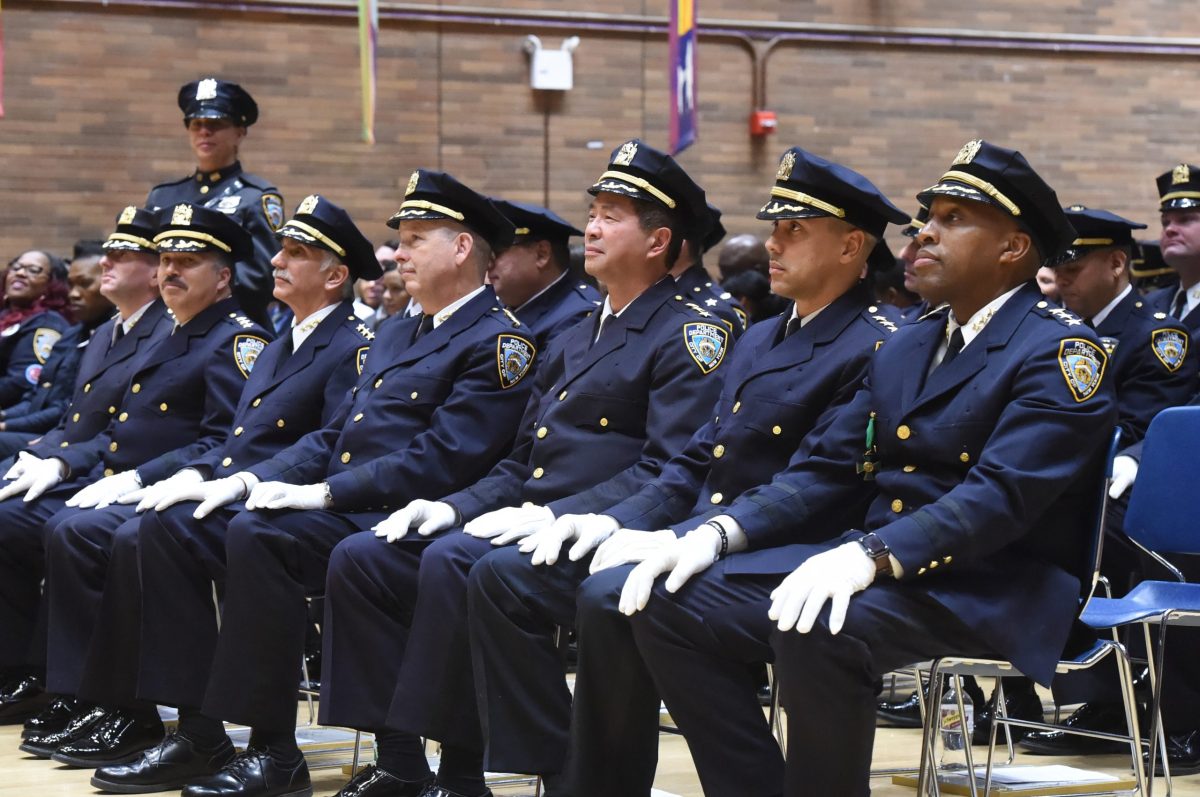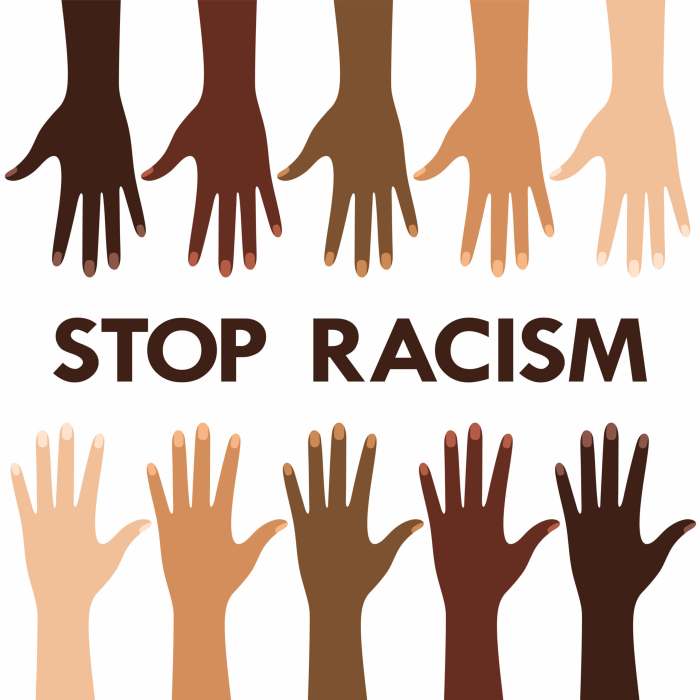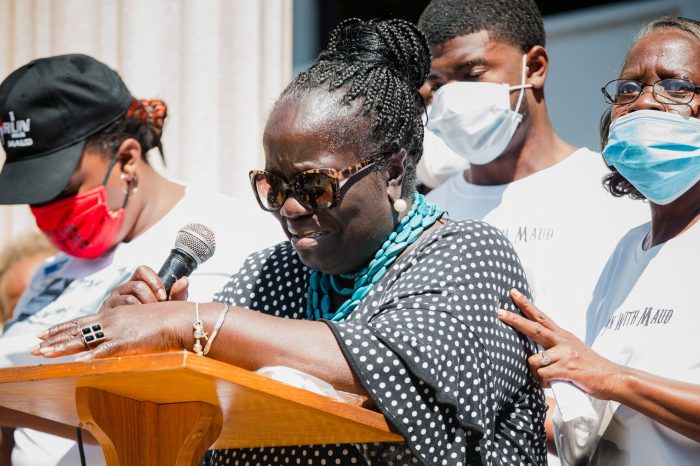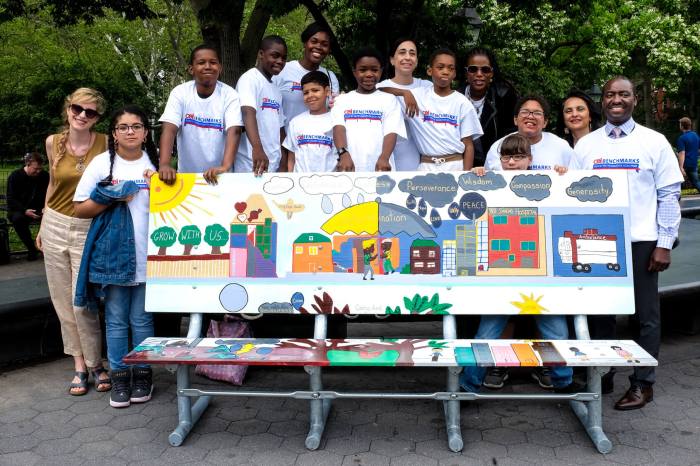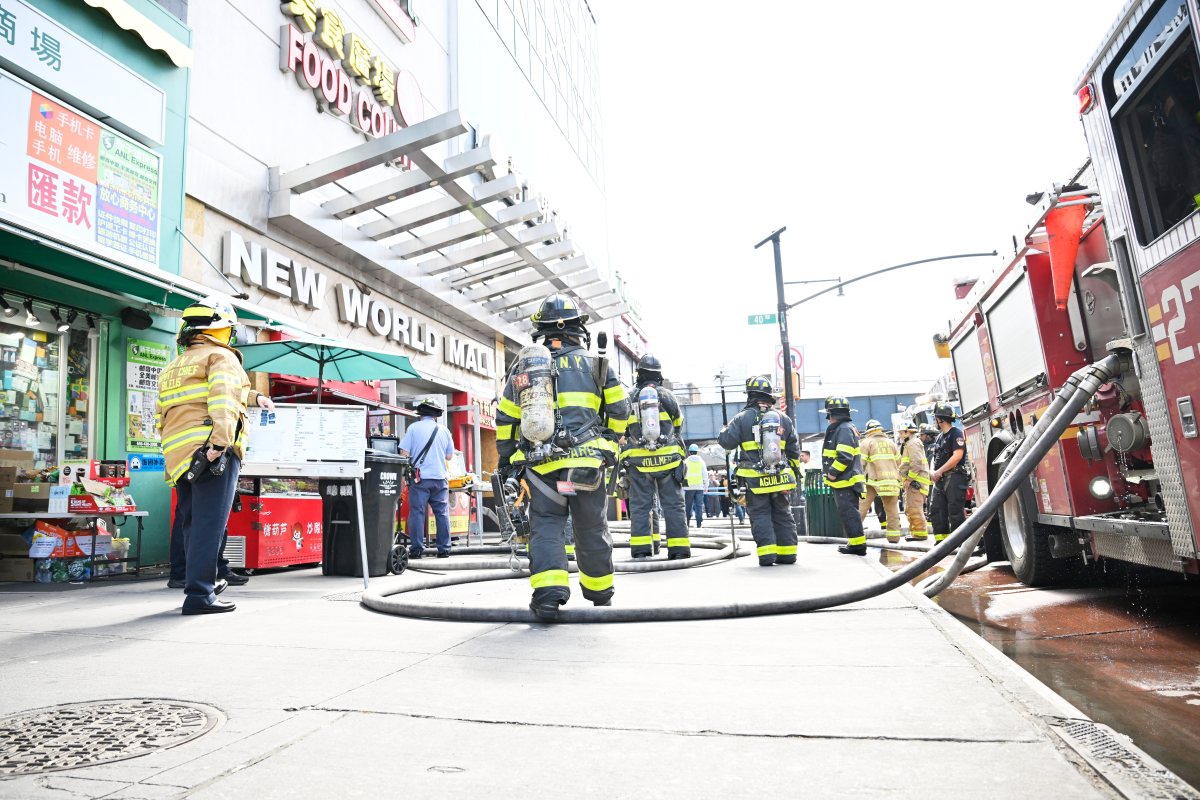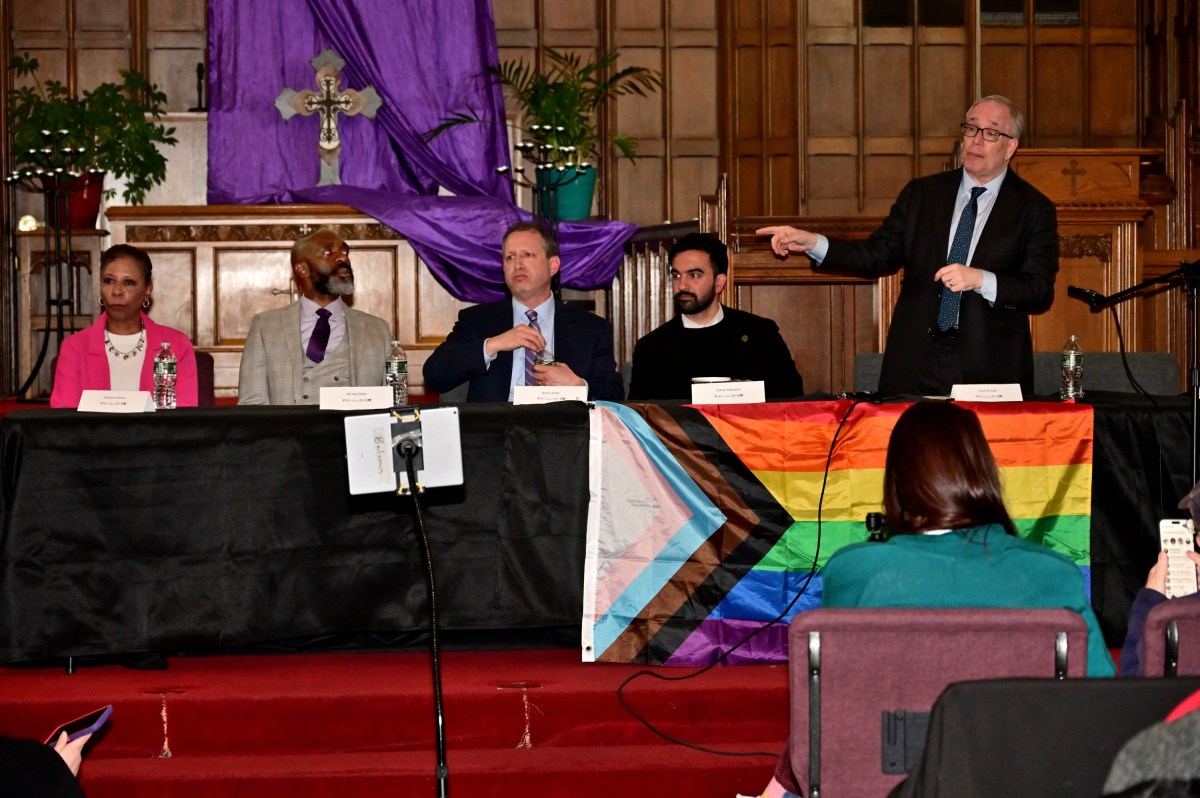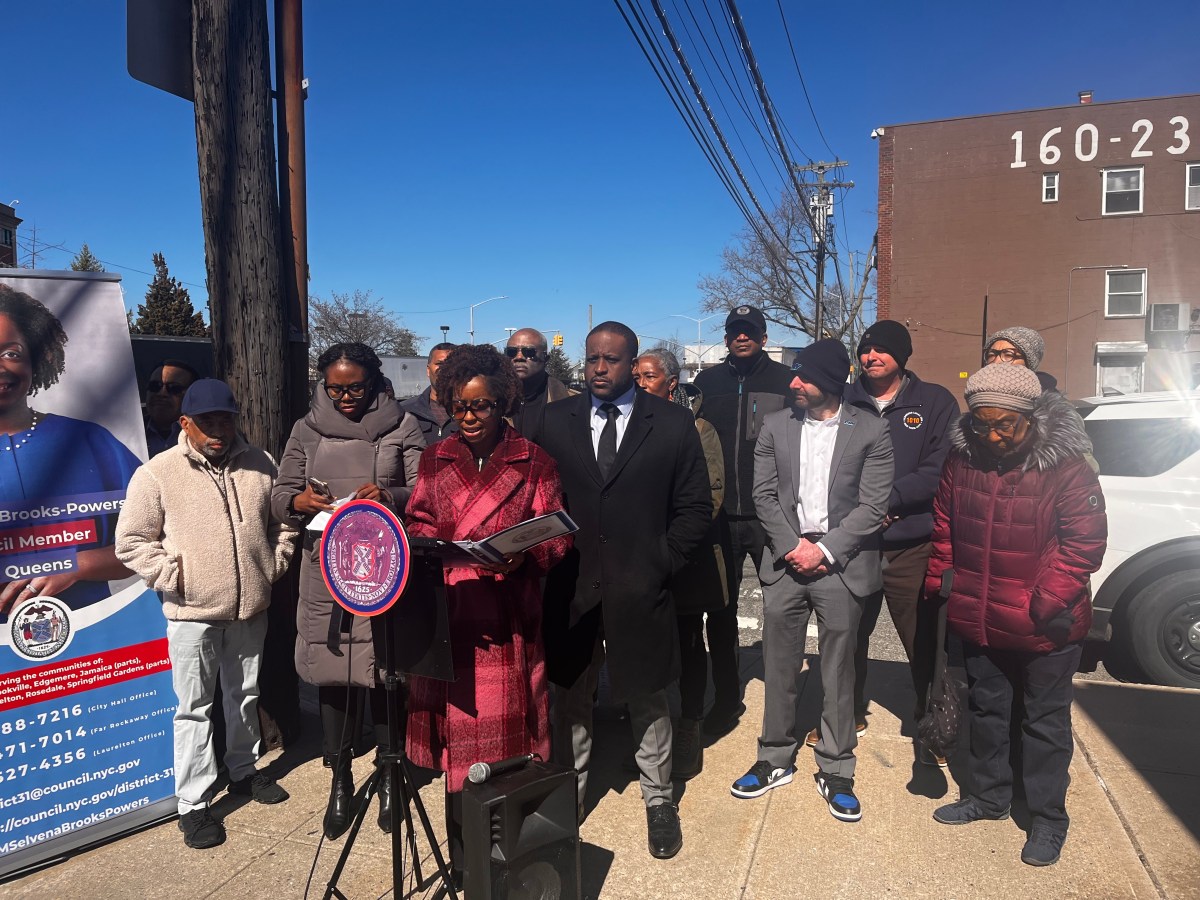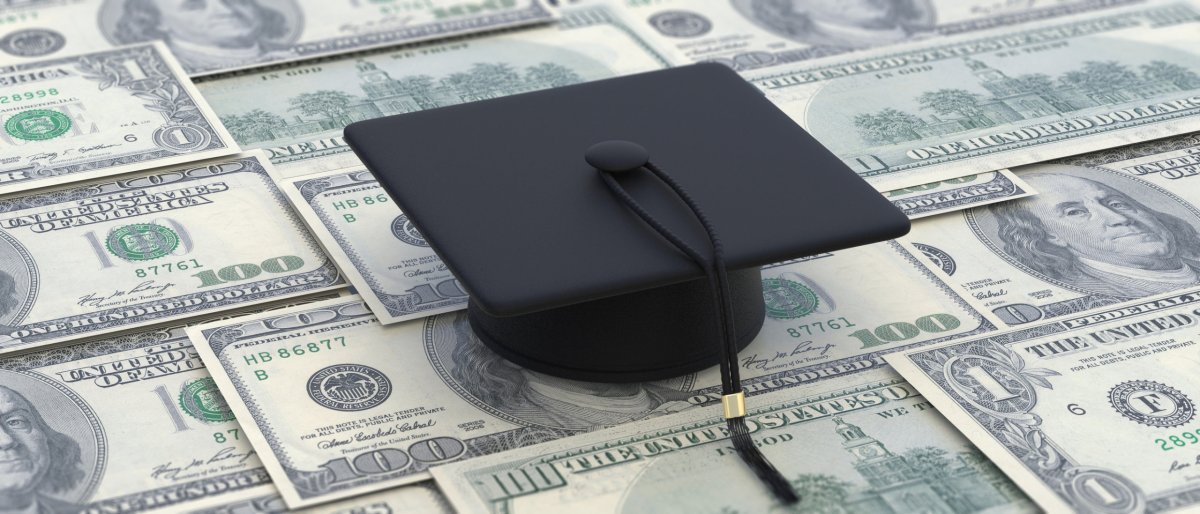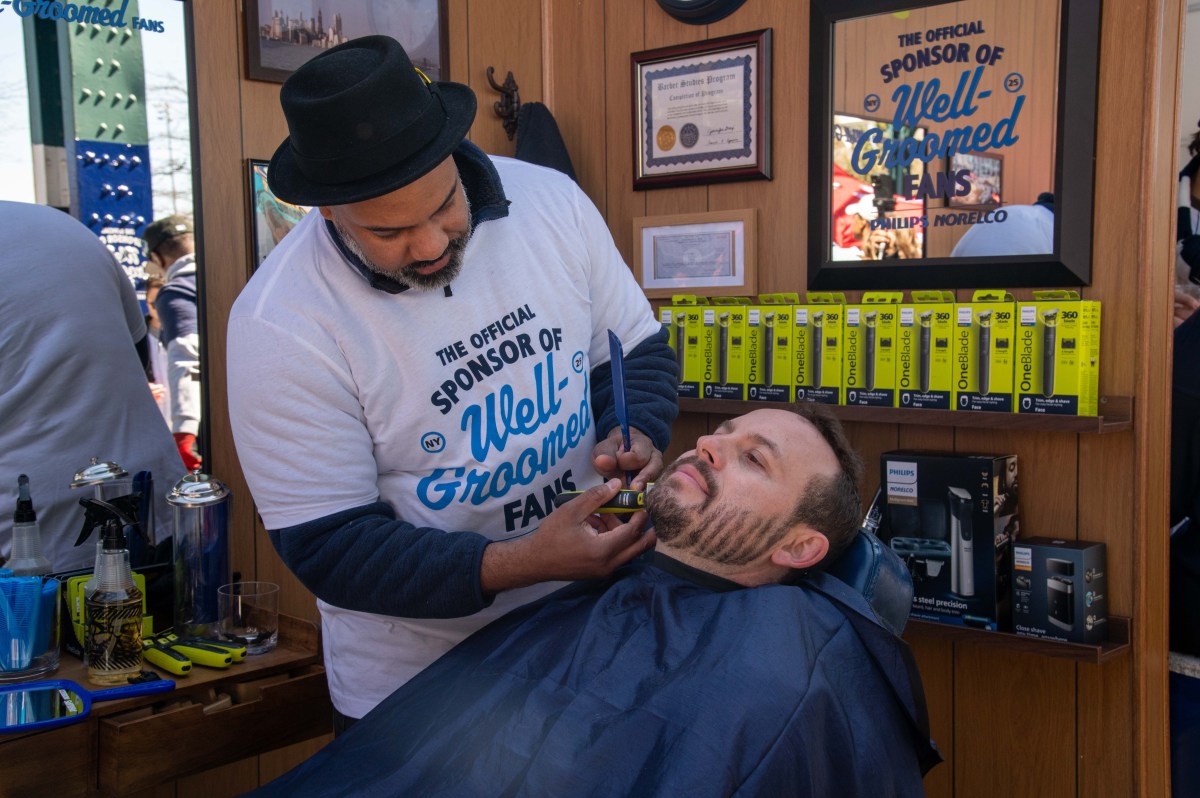BY DERBY ST. FORT AND ERIC ADAMS
The recent revelations that a high ranking member of NYPD’s Equal Employment Opportunity Division (EEOD) was accused of posting racist, anti-muslim, anti-Semitic, and misogynistic comments on a secret NYPD message board using the pseudonym “Clouseau” was a shock to people inside and outside the department.
It stood in stark contrast to the NYPD’s consistent attempts to repair trust and improve relationships with the city’s Black and Brown communities.
For many officers of color, this summer’s Black Lives Matter protests put them physically on the side of the NYPD barricades but emotionally on the side of the mothers, fathers and children who took to the streets demanding better of those who take an oath to protect and serve their communities.
Black men and women who join the force often grow up in the very same communities where policing is the most aggressive. They join with an aspirational notion of what policing could become in their communities, and with insights born from experience that other officers don’t have. This summer’s protests reminded many of the gap between what the department is, and what it should be.
The unmasking of “Clouseau” set us back, not only in the relationship between the NYPD and the community but within the department itself. The NYPD is one of the most diverse police departments in the country, with over 50 percent of its members being non-white. It should come as no surprise that members of the NYPD experience racism and sexism, just like the citizens they protect.
We are at a time of reckoning. In the wake of the summer protests and the pall of COVID-19 which has made many communities feel trapped, helpless and unheard, the NYPD’s Black and Brown officers represent a vital resource for the department’s future. Their efforts to offer ideas for meaningful structural change should be welcomed.
Instead, they know that speaking out often leads to retaliation in the form of unfavored assignments, internal affairs monitoring and department discipline. For our best and brightest, they are often put on the “Black Track,” promotions that raise our rank but move us farther away from where the most important decisions are made.
The EEOD was supposed to prevent this from happening. The NYPD leadership must recognize that low morale among the rank and file stems partly from an increasingly diverse police force who are ready to effect positive change, but wonder how much longer they can go unheard themselves. Their perspective and experience can help the department modernize and evolve.
Our leadership has some soul searching to do if they are going to create a 21st century policing model that achieves equilibrium between the communities we protect and the diverse force of guardians that have been assigned to protect them.
To begin with, we need to reckon with the culture of a department that would allow someone who uses vile and derogatory language to be put in charge of the EEOD, and receive a discretionary promotion in 2020.
It’s time to re-imagine the NYPD’s EEOD with true leaders at the helm who have demonstrated a commitment to a cohesive, inclusive and equitable workplace.
Additionally, the office should strengthen its mandate to protect members of the department by developing protocols and protection clauses for officers to speak publicly and privately without fear of reprisal when addressing the systemic harms that plague communities of color in NYC.
We also must deepen accountability by elevating the case review process, ensuring that all complaints are fairly handled. Lastly, the EEOD, in partnership with an outside agency, should evaluate and audit the discretionary promotions and assignments of members of the department and create a new promotion matrix to ensure that they are fair and suited to the needs of the communities they serve.
The strongest signal to the community that the NYPD is serious about healing fractured relations is how they respond and pivot in this moment, confronting not only this incident but the power structure that allowed this to happen. A 21st century policing model starts by addressing the internal issues within the department.
Ultimately, ensuring EEOD lives up to its mandate will boost morale, as officers move towards greater connections with our communities.
Derby St. Fort is an active ranking member of the NYPD; Eric Adams is Brooklyn borough president.



